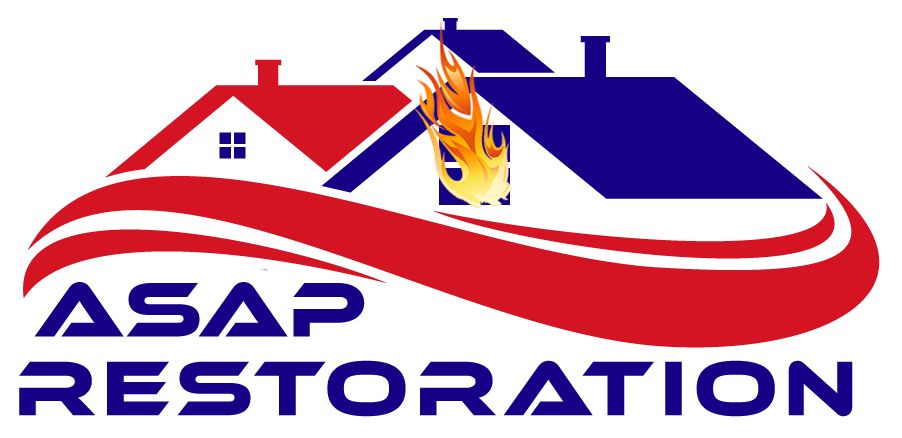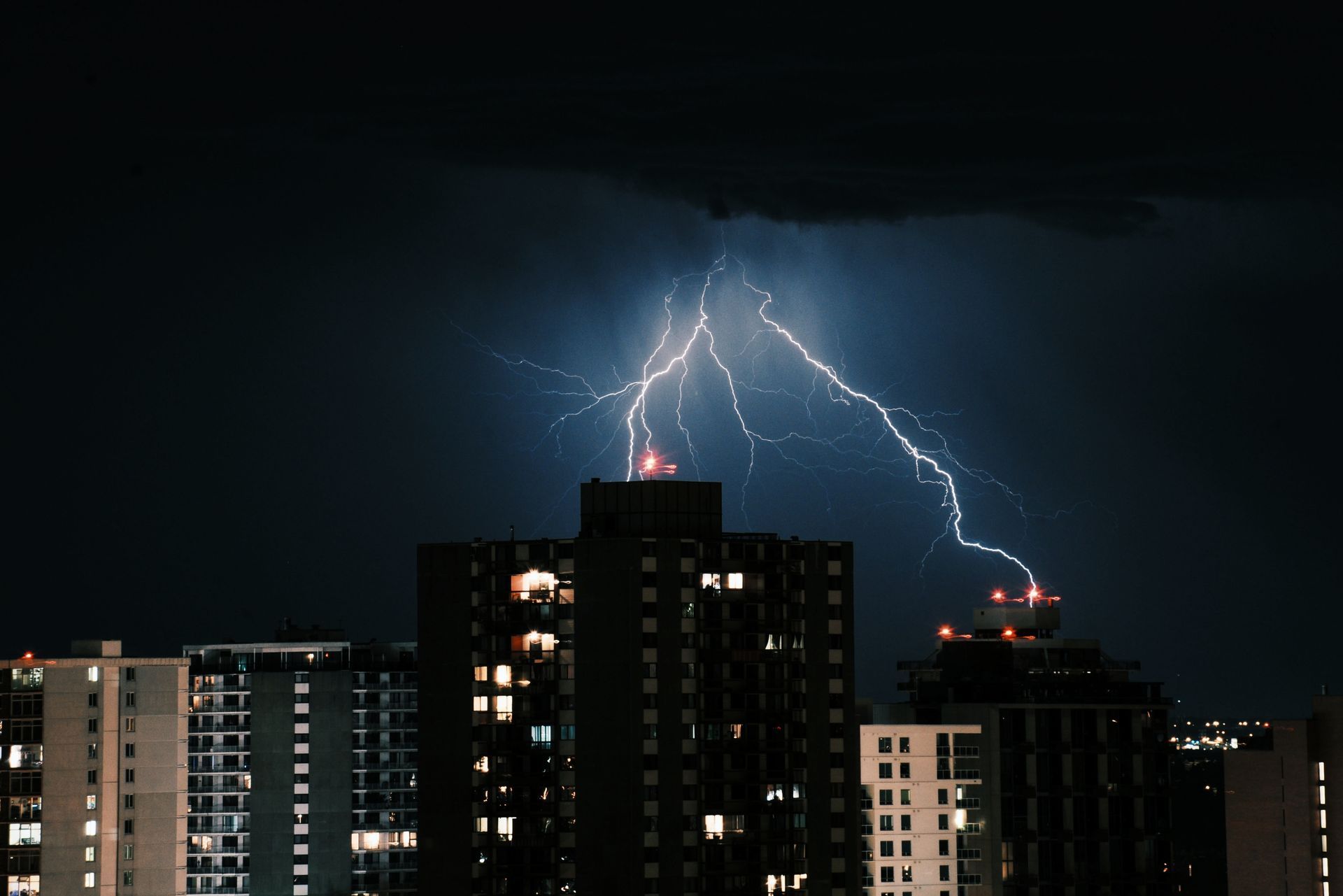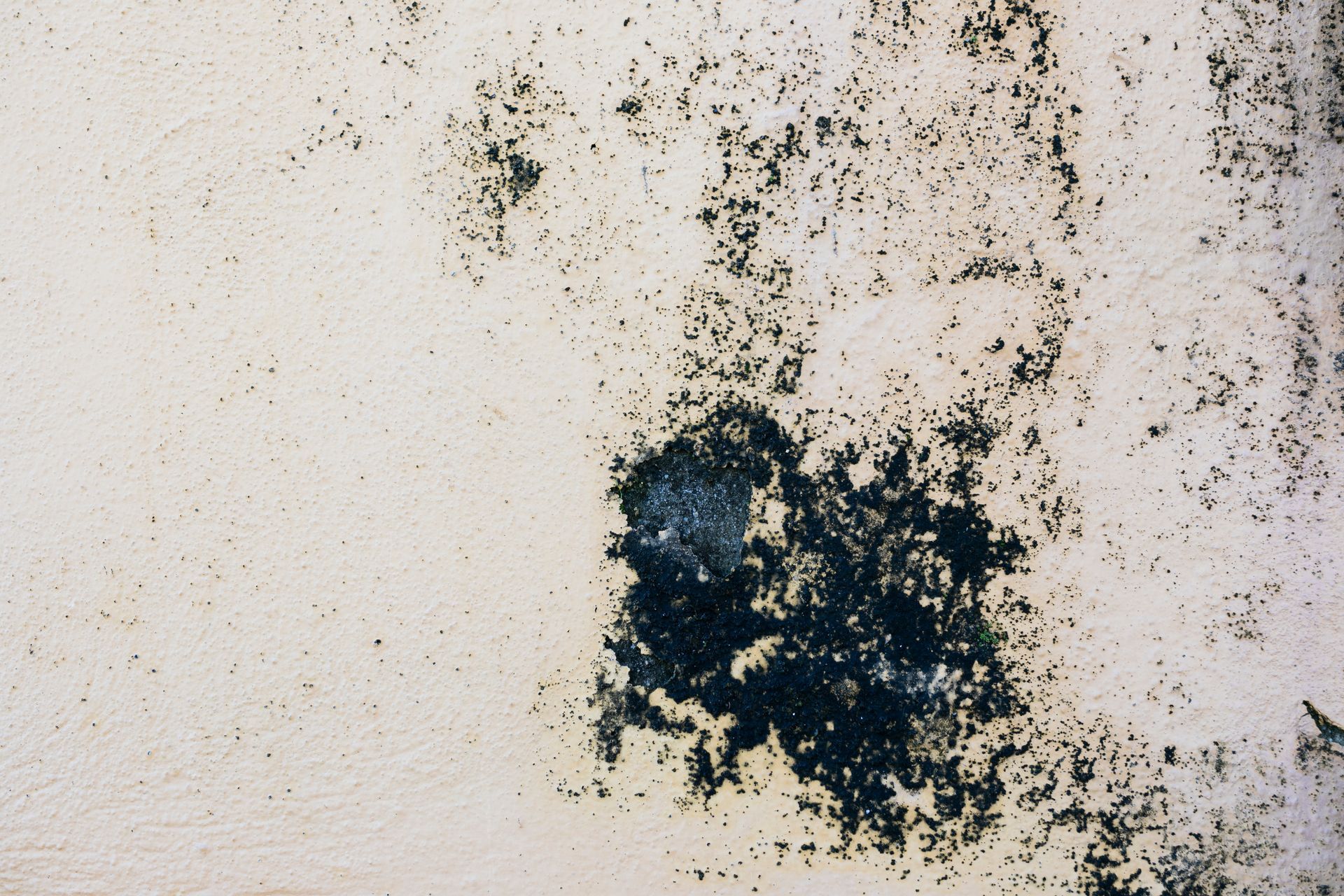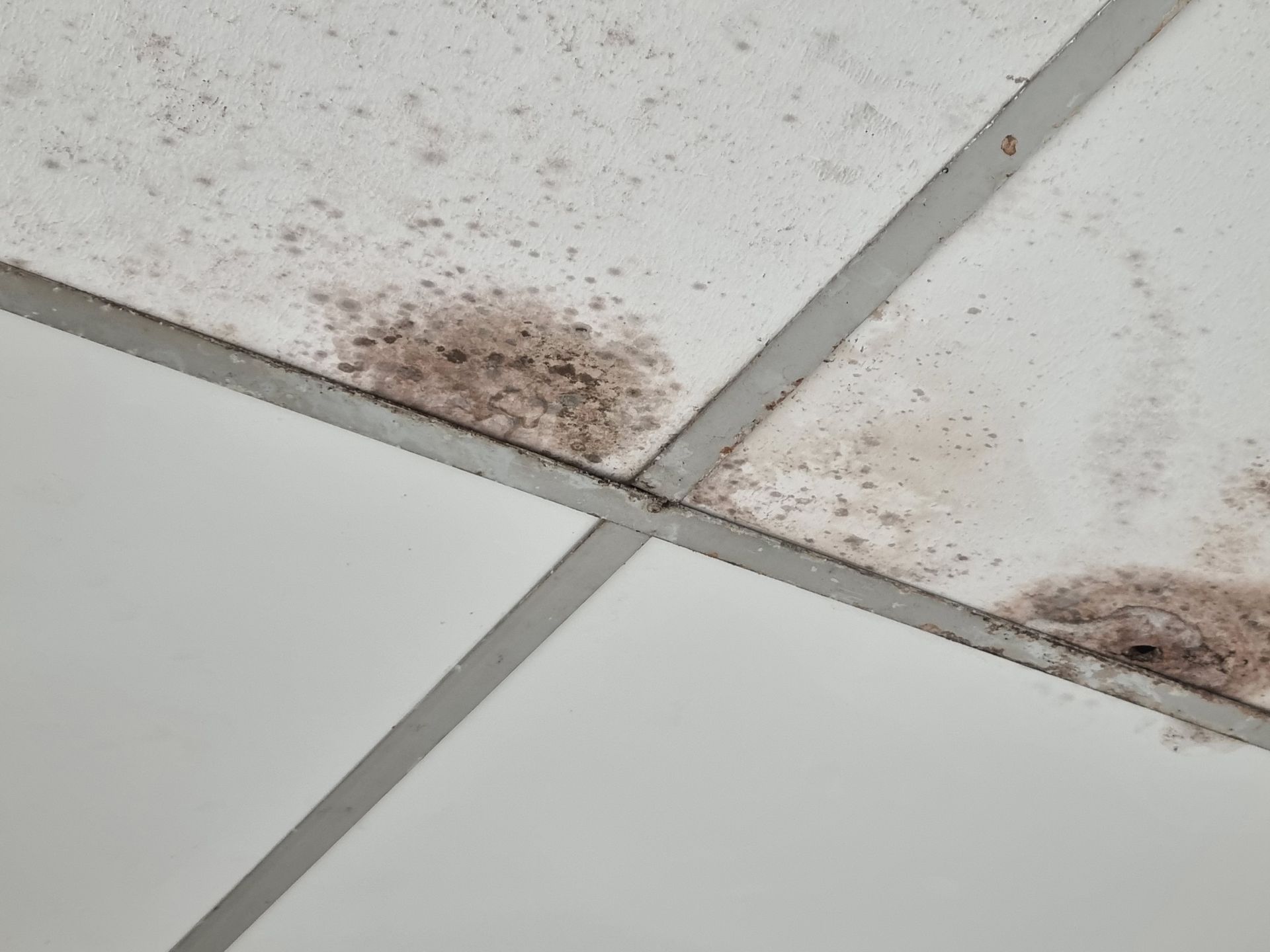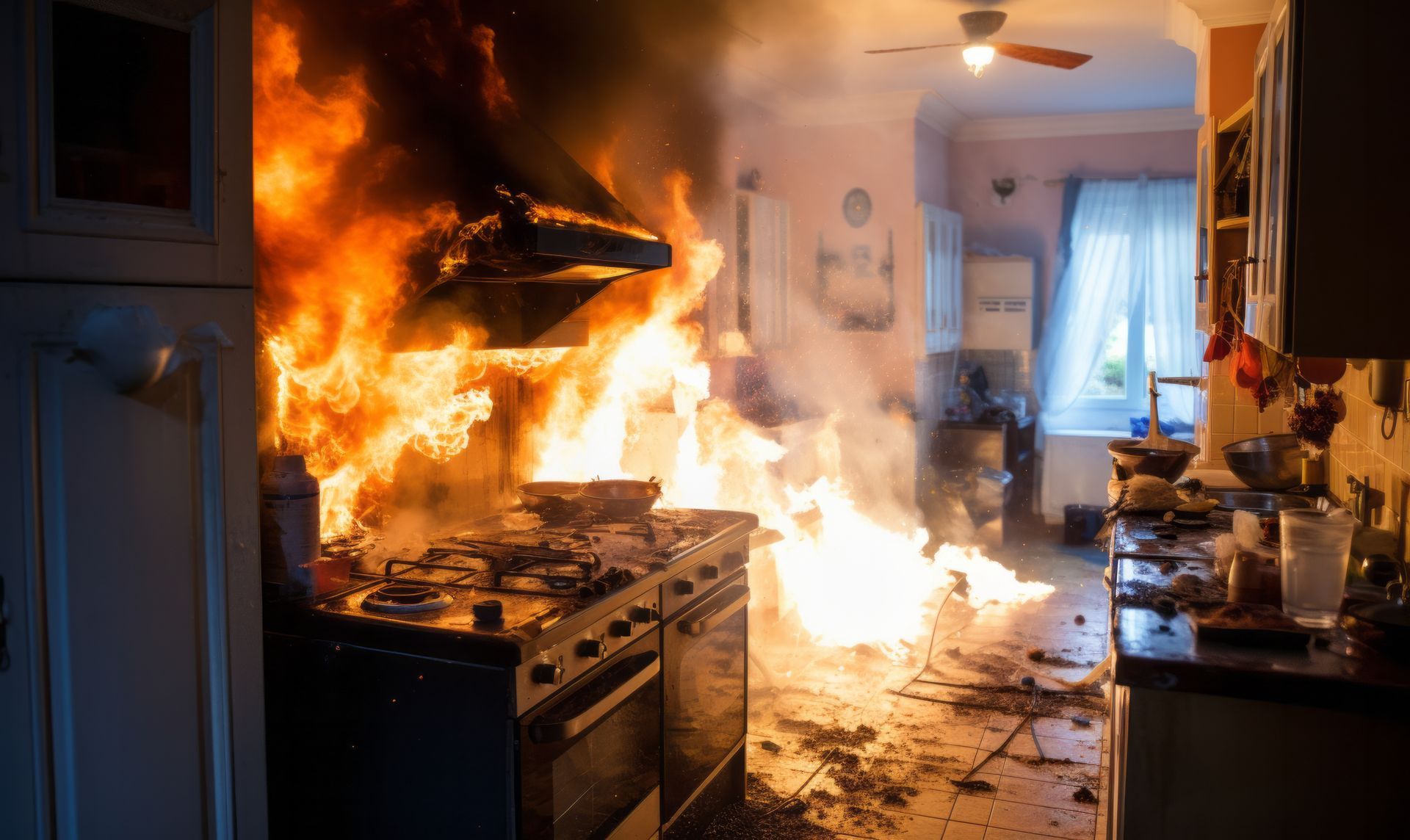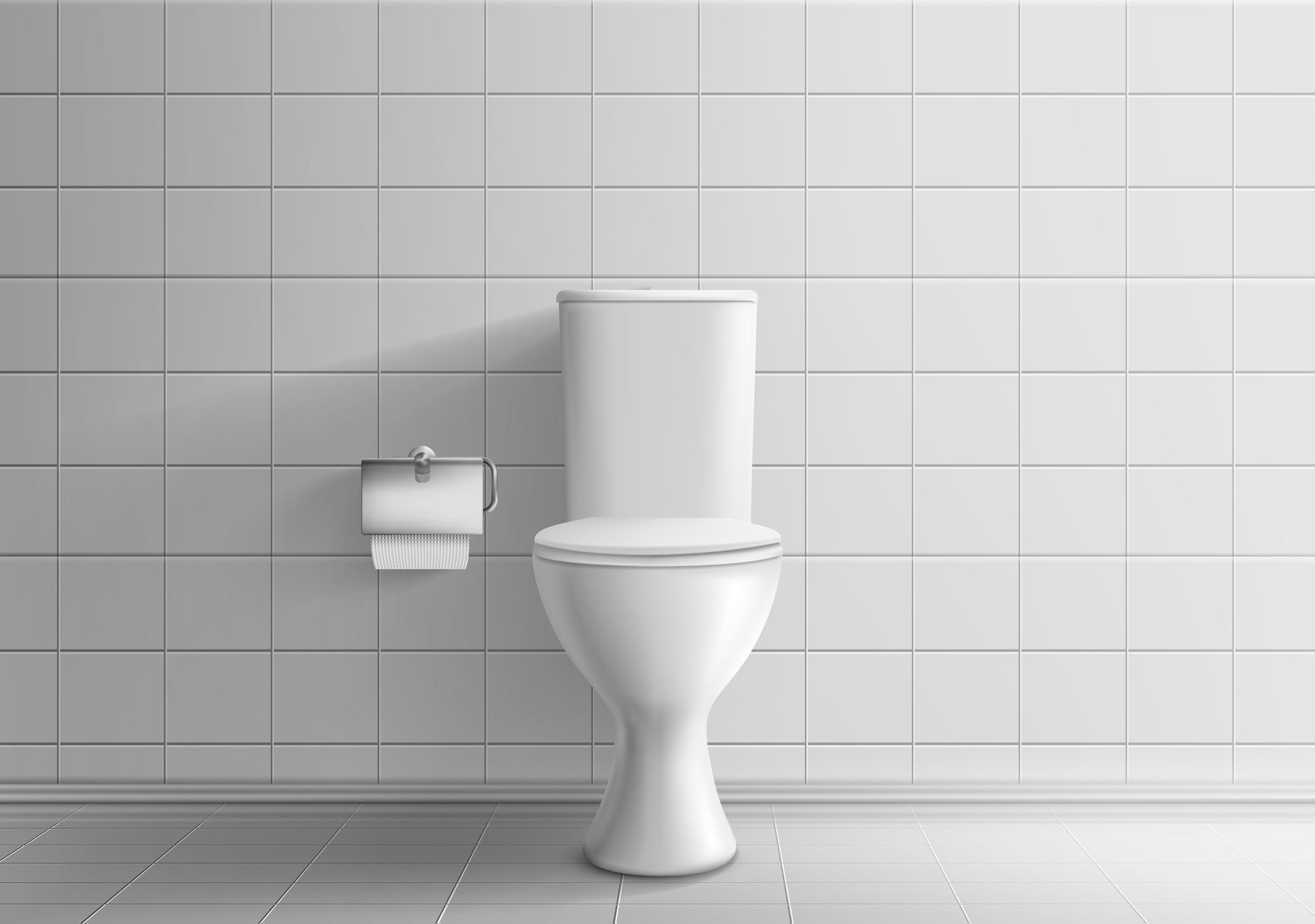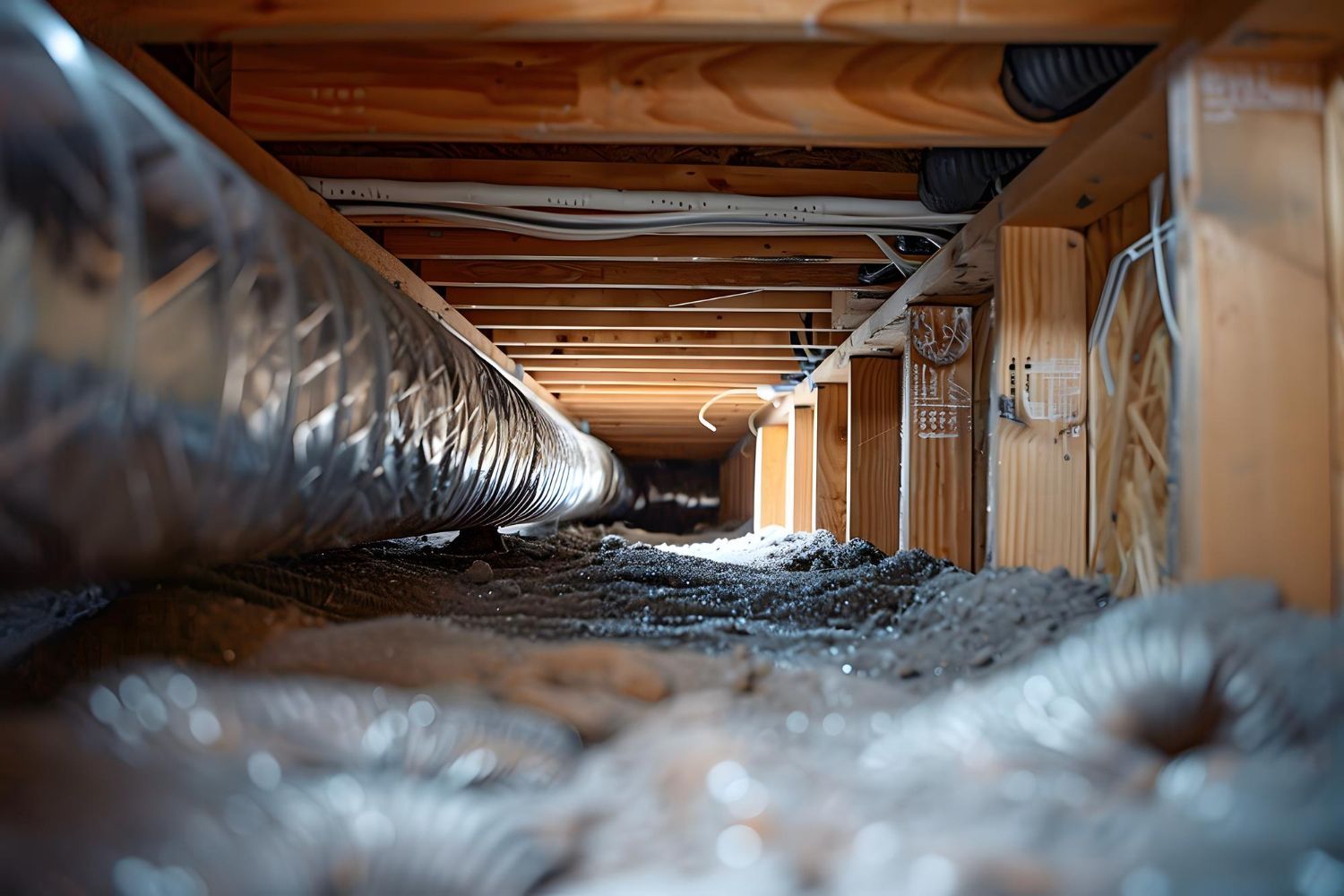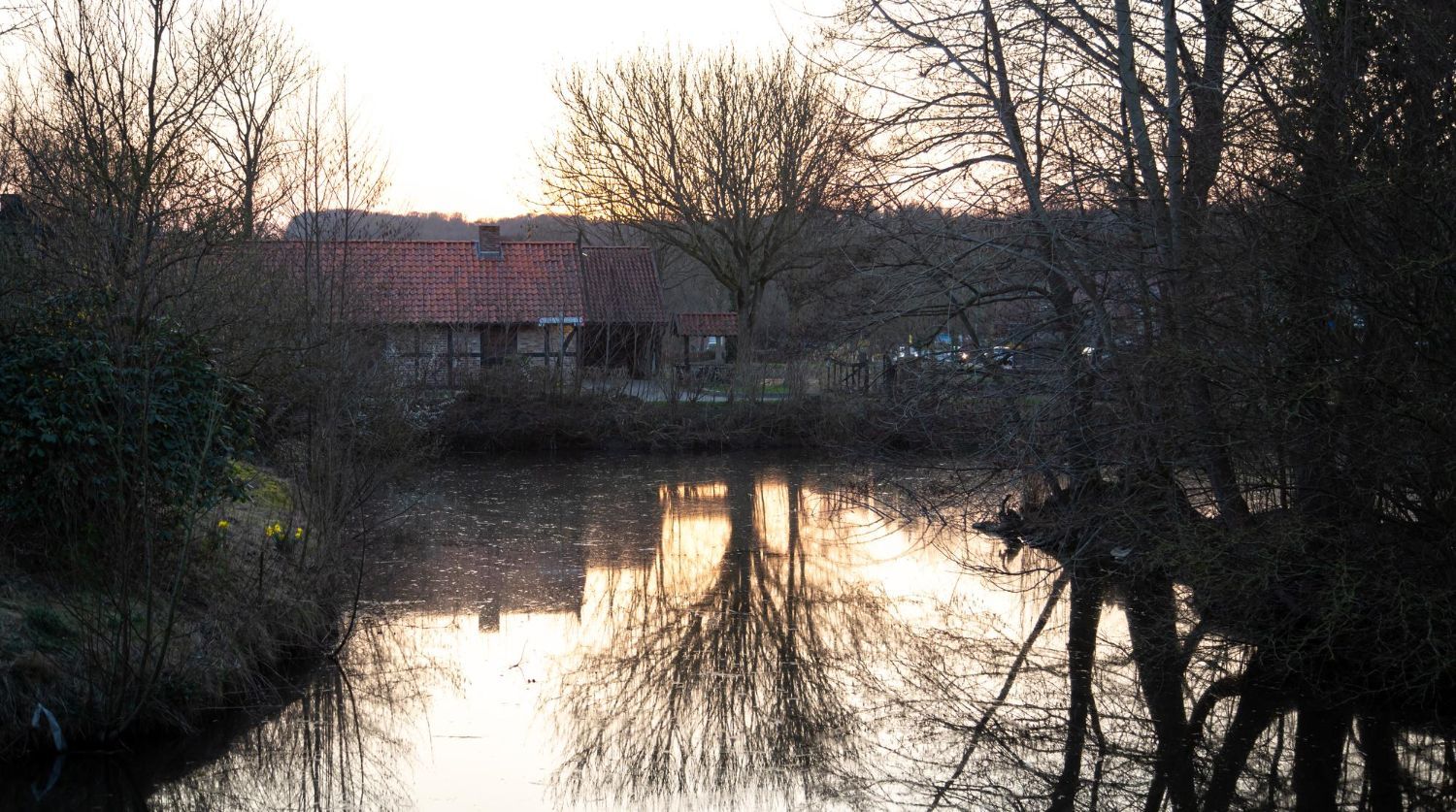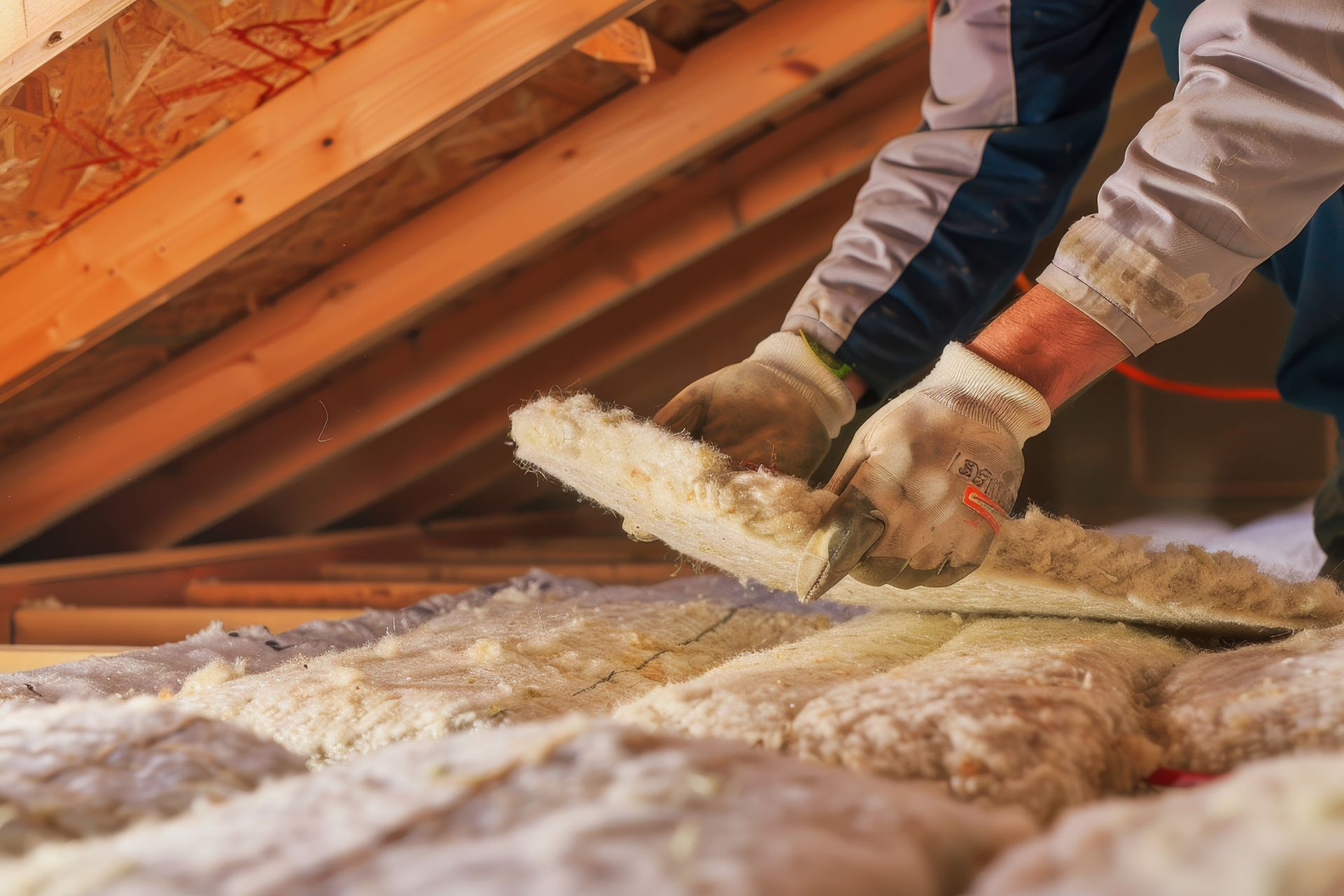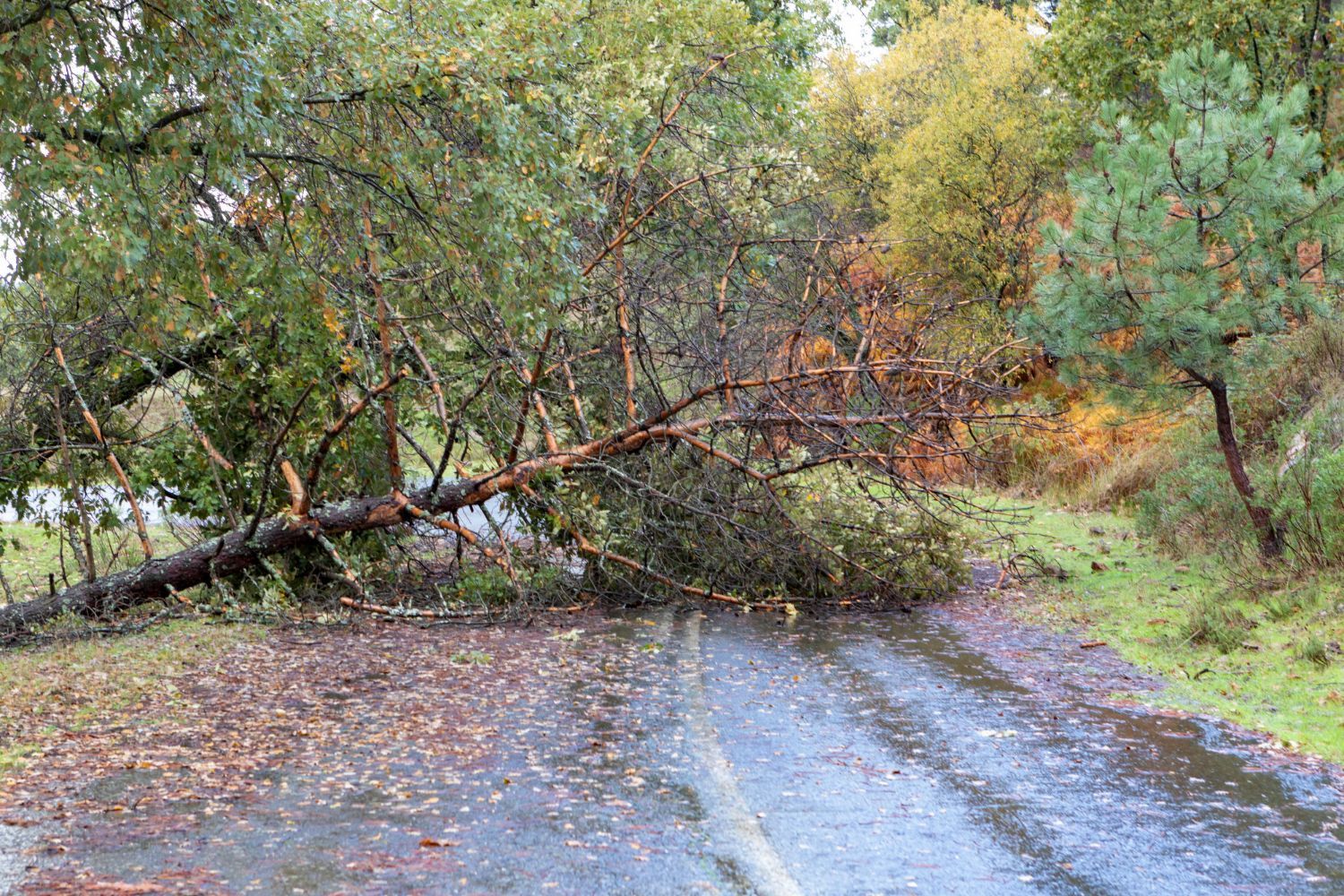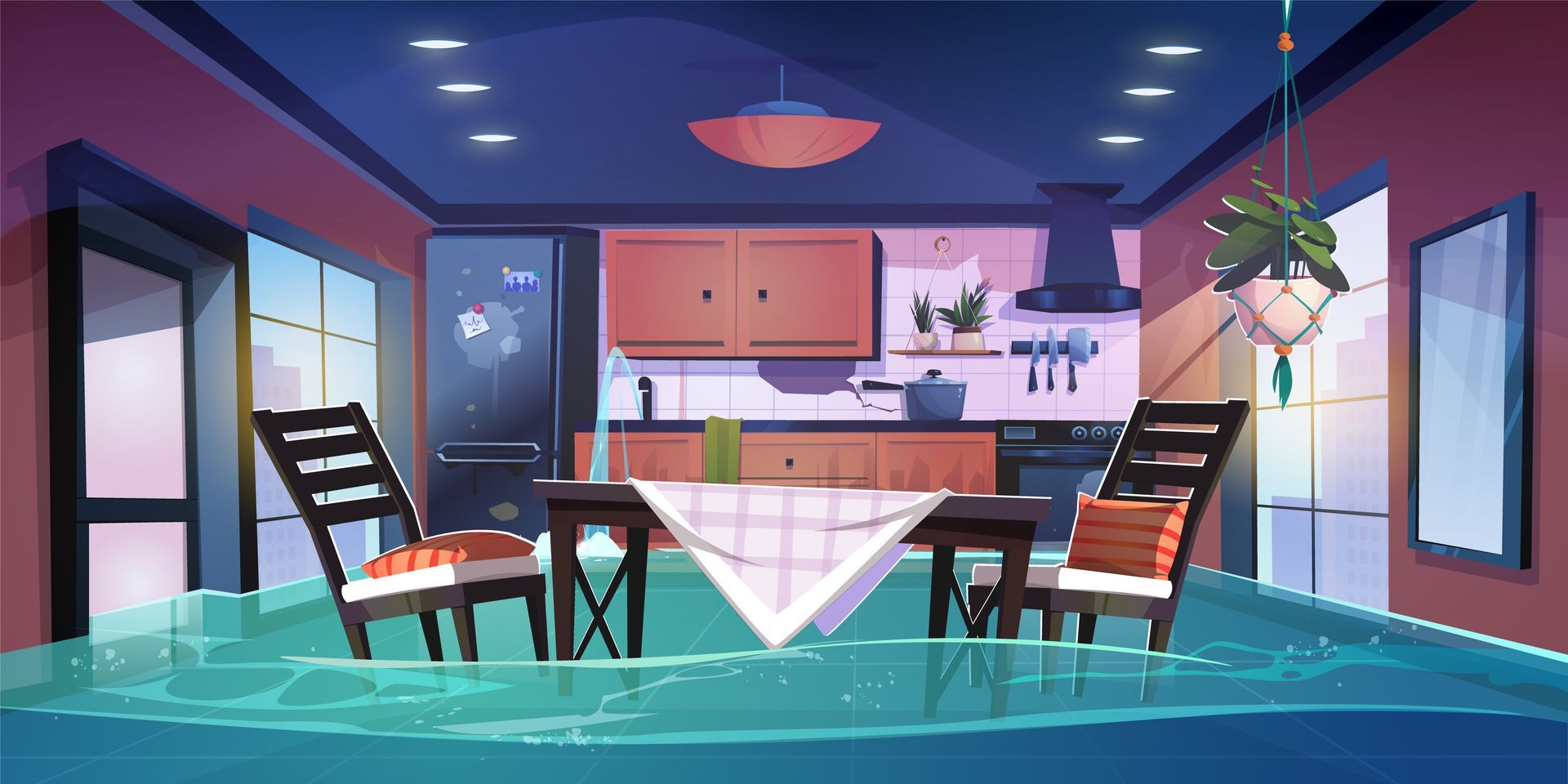How to Safely Inspect Your Home After a Wildfire
How to Safely Inspect Your Home After a Fire -Los Angeles, CA
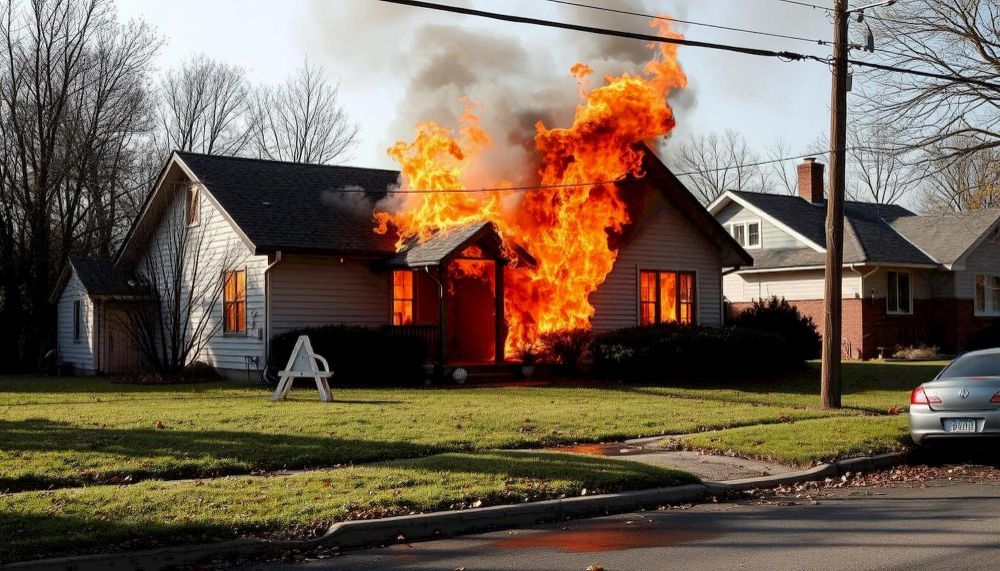
A fire can be a devastating experience, leaving behind damage that extends beyond what is visible. Even after the flames are extinguished, hidden dangers such as structural damage, smoke residue, and toxic chemicals can pose serious risks. At ASAP Restoration, we specialize in fire damage restoration in Los Angeles, CA, helping homeowners recover safely and efficiently.
Before returning to your property, it’s essential to follow the right safety procedures to protect yourself and prevent further damage.
Step 1: Wait for Official Clearance
Never enter your home until fire officials or the local fire department declare it safe to do so. Fires can weaken walls, floors, and roofs, making them unstable. Additionally, gas leaks or electrical hazards may still be present.
If you have homeowners' insurance, contact your insurance provider immediately to begin the claims process.
Step 2: Wear Proper Safety Gear
Even after the fire is out, ash, soot, and smoke residue can contain toxic chemicals that can irritate your skin, lungs, and eyes.
Recommended Safety Gear:
- N95 mask or respirator
- Heavy-duty gloves
- Long-sleeved clothing
- Safety goggles
- Sturdy boots
Avoid touching anything with bare hands—fire residue contains hazardous materials.
Step 3: Check for Structural Damage
Fires can weaken the foundation of your home, causing walls, ceilings, and floors to collapse unexpectedly. Before entering, inspect from the outside.
Warning Signs of Structural Damage:
- Sagging or cracked walls
- Burned or weakened support beams
- Water-damaged ceilings from firefighting efforts
- Loose or falling debris
If in doubt, do not enter. A professional restoration team, like ASAP Restoration, can assess structural integrity safely.
Step 4: Inspect for Hidden Dangers
Even if your home looks intact, hidden dangers can still be present.
Electrical Hazards:
- Avoid turning on lights or using appliances until an electrician inspects the wiring.
- Look for exposed wires, melted outlets, and burned switches.
Gas Leaks:
- If you smell gas or hear hissing sounds, leave immediately and call the gas company.
- Do not turn on lights, use matches, or operate any electrical devices that could cause a spark.
Water and Mold Damage:
- Firefighters use large amounts of water to put out flames, which can lead to moisture buildup and mold growth.
- Check for damp walls, ceilings, and floors—mold can develop in as little as 24–48 hours.
Step 5: Document the Damage for Insurance Claims
Your insurance company will require detailed photos and documentation of the fire damage.
How to Document Damage:
- Take clear, high-resolution photos of every affected area.
- Make a list of damaged furniture, appliances, and personal belongings.
- Keep receipts for all cleanup and repair expenses.
Step 6: Begin the Restoration Process
Fire damage goes beyond just burns—there’s smoke, soot, and water damage to address. Attempting DIY cleanup can be dangerous, so it’s best to call a certified fire damage restoration team like ASAP Restoration in Los Angeles, CA.
What We Do:
- Remove smoke and soot damage
- Deep-clean and deodorize affected areas
- Dry out moisture from firefighting efforts
- Restore damaged structures and belongings
- Ensure air quality is safe for reentry
24/7 Emergency Fire Damage Restoration – Call ASAP Restoration Today
Protect Your Home and Family After a Fire
Fires can be overwhelming, but you don’t have to face recovery alone. ASAP Restoration specializes in fast, safe, and thorough fire damage restoration in Los Angeles, CA, helping homeowners get back on their feet as quickly as possible.
